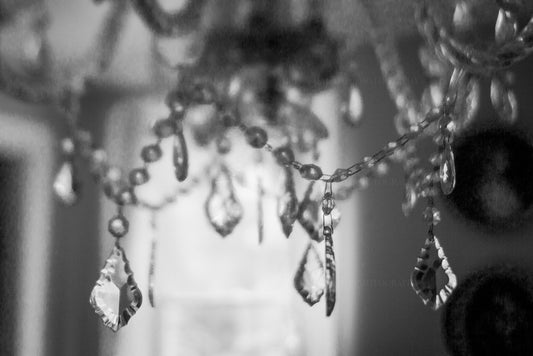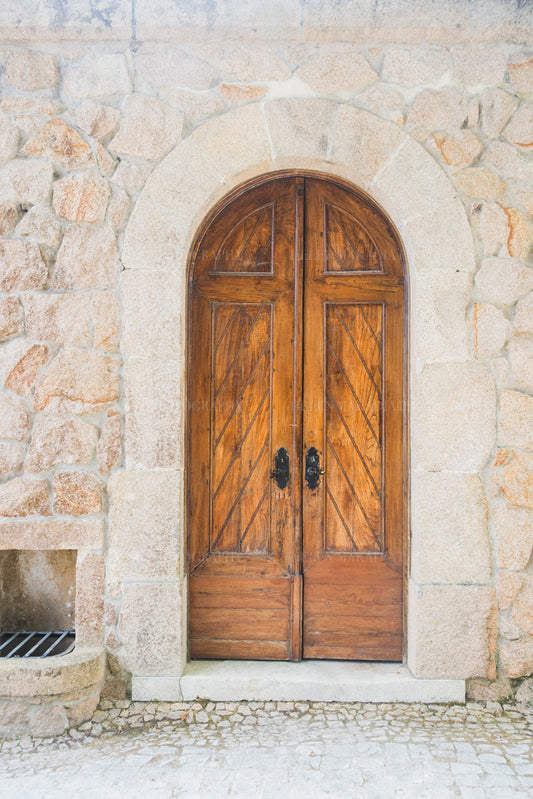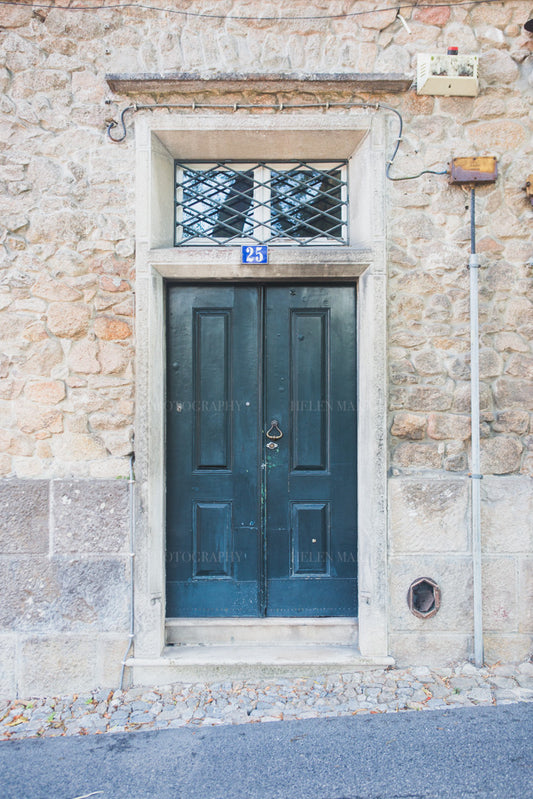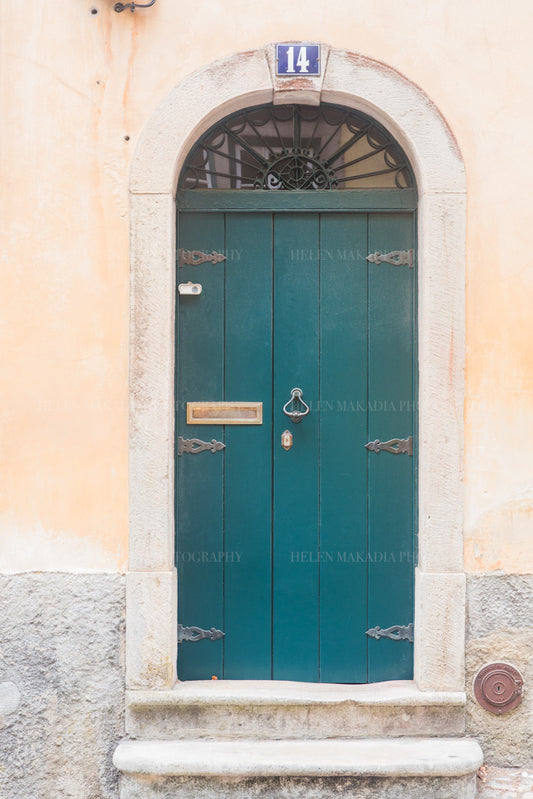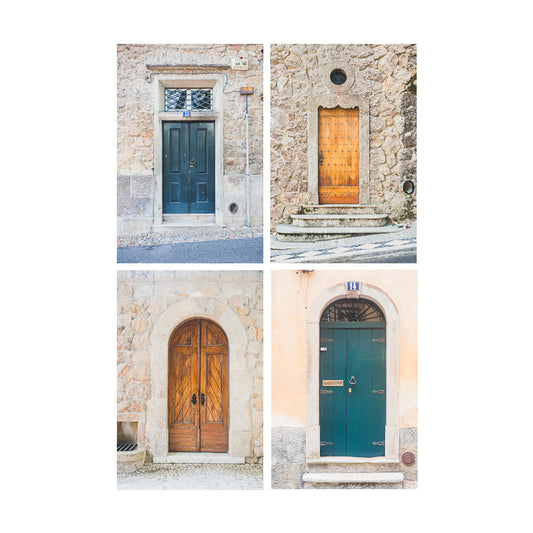When it comes to hanging artwork, I confess I worry about mistake holes - putting a hole in the wall and messing it up. Whether the fear is due to the permanence of a hole that will need patching or the challenge seems too overwhelming, there is a solution to all this madness. Breaking down the process into a few steps can be helpful.
Regardless of whether you use a nail or something else on the wall, the first step is to measure what you want to hang. All your need is a simple measuring tape, pencil and paper. 
Now that you know your measurements, you need to see it on the wall. You will need painters tape or artist tape, old grocery or shopping paper bags, wrapping paper or craft paper. An important note about tape: painter's tape and artist tape should not damage your paint as they are made to be gentle on the wall. Do not use any other tape, including scotch tape or duct tape as they will take off the paint on your wall.
You have two methods to choose from:
1. Using brown craft paper, old wrapping paper or a paper bag and cut out the size measured. Using painters tape or artist tape mount the cut out paper where you would like to have the artwork on the wall. I find this method to be more fail proof and helps visualize the size better. It can be more time consuming and be hard to do with large artwork.
2. A second method is to tape out the measurement or the corners with painter's tape or artist tape directly on to the wall. Create an outline of your artwork with the tape. This method works well for large pieces of artwork. I recommend starting with the corners and seeing if they are at the right height and adjusting from there. 
Cutting out the paper will allow you more flexibility in moving it around to different places on your wall. Taping may be a quicker option.
Now that you know the size of your artwork and have an understanding of where you will place it, take of note of how your artwork is being hung on the back and pencil in a spot on your wall where you will use either a picture hanger nail or a non-nail method.
Now you are ready to put the nail in the wall. There are many hanging mechanisms out there you can use. Make sure you are using one that is suitable for the weight of your artwork.

Picture hangers are the most common to use. They allow the nail to enter the wall at an angle and provide a good hook for the artwork's mechanism to latch on. Picture hanger kits like this one pictured below from Amazon are handy to have around with different varieties of hooks holding different weights.

If you want to try hanging artwork without a nail, you can try Command Strips by 3M. Be careful to ensure the strips you choose can handle the weight you are trying to hang. I do use command strips for items like prints mounted on styrene or standouts, which are prints mounted on one inch foam board. I have not used command strips for artwork heavier than one pound.
Here is our framed photograph, hung on the wall.

You can use this method of measuring and mocking up for pretty much anything you are hanging on your wall - wooden signs, decorative plates, mirrors, etc. It takes time to find the right place to hang your artwork so there is no need to rush into a project like this. If you need to, leave up the cut out craft paper on your wall for a day or two and see how you feel with its placement. Remember, it is not hard to patch up a wall if you change your mind on the location of the picture holder. With these tips, you may get it right on the first try.
Share this article if it has been helpful as you prepare to hang your artwork or any wall decor in your home or office.




